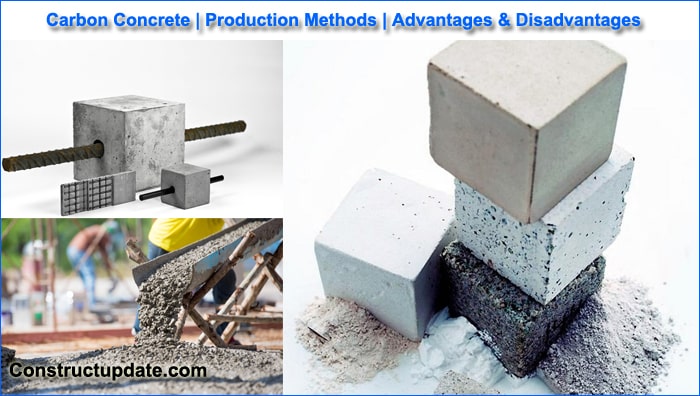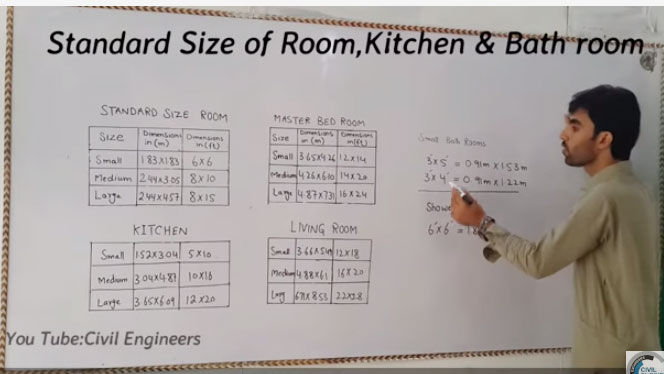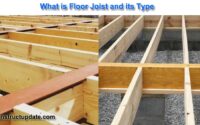What is Carbon Concrete | Carbon Concrete Production | Advantages | Disadvantages
Carbon concrete, which combines strength, lightness, and flexibility, is seen as one of the greatest opportunities for the future of construction. In addition, carbon concrete is emerging as a substitute that comes close to meeting the standards of sustainability at a time when a significant environmental crisis puts the industry’s construction practices under scrutiny.
In actuality, it is a type of reinforced concrete that makes use of carbon meshes rather than iron components. As a result, it is four times stronger and lighter than conventional reinforced concrete, resulting in material and cost savings. In order to generate a mesh on which the concrete can be placed before setting, ultrafine strands of carbon crystals are removed by a process known as thermal decomposition (pyrolysis). Its advantage consequently comes from the roughly 50,000 individual threads that were treated to create a grid structure. These fibres are significantly finer than a human hair.
High-strength carbon-reinforced concrete can also be made by using carbon bars to strengthen fine grain concrete. Carbon concrete can be utilised to make aesthetically pleasing structures because it is stronger and lighter than regular concrete. It is appropriate for resource-efficient, lighter, less material-intensive, and sustainable construction.

Methods to Produce Carbon Concrete
- To create carbon concrete, carbon fibre can be added to the mix at random.
- Carbon fiber-based textile mats that resemble mesh can be positioned between sheets of thin concrete.
- Targeted distribution of carbon fibres can also be achieved in concrete using the nozzle method. Concrete’s tensile strength is improved in this way.
- High-performance carbon-reinforced concrete is made by using carbon bars to strengthen fine concrete.
Advantages of Carbon Concrete
Since carbon does not rust, reinforced concrete is greatly concerned. Therefore, corrosion protection does not require a heavy concrete coating.
Compared to reinforced steel, it multiplies the strength of concrete by five to six times.
Any material that includes carbon can be converted into carbon fibres.
Carbon has a substantially longer lifespan than steel which has been strengthened. In Germany, reinforced steel bridges have a life expectancy of 40 to 50 years. The Albstadt Bridge, made of textile-reinforced concrete, has a life expectancy of about 80 years and doesn’t require much maintenance.
Due to carbon concrete’s four times lighter weight than regular concrete, delicate and visually beautiful designs are possible.
It emits only half of the embodied carbon that regular concrete emits. This is so that less building materials are used, thanks to carbon concrete.
Disadvantages of Carbon Concrete
The major drawback of the next building material is its price.
Carbon concrete costs roughly EUR 20 to produce every kilogramme, compared to about EUR 1 for reinforced concrete. However, these absolute numbers don’t really represent reality: Materials can be saved with carbon concrete by roughly 75%. As a result, this also lowers the overall cost of a construction project. The costs are balanced out by the material’s durability, strength, and corrosion resistance. Additionally, researchers in Dresden and Augsburg are putting a lot of effort into developing procedures that will make the production of composite material more affordable.
They have a large number of partners from science and applications supporting them here. The Textile-Reinforced Concrete Network, a subproject of the parent project C3 – Carbon Concrete Composite, was established in 2008. The initiative involves more than 140 research institutes, construction firms, and public institutions. The 45 million euro budget for the interdisciplinary effort comes from the Federal Ministry of Education and Research.





